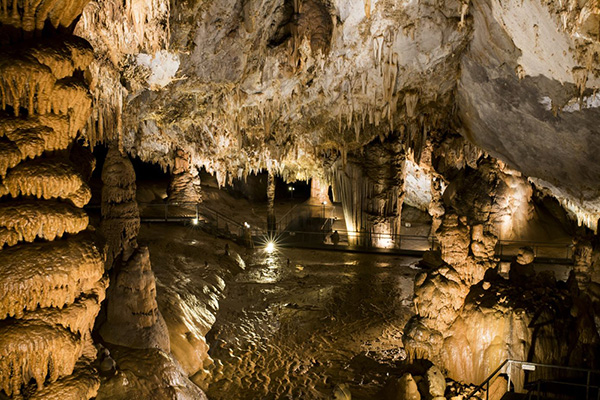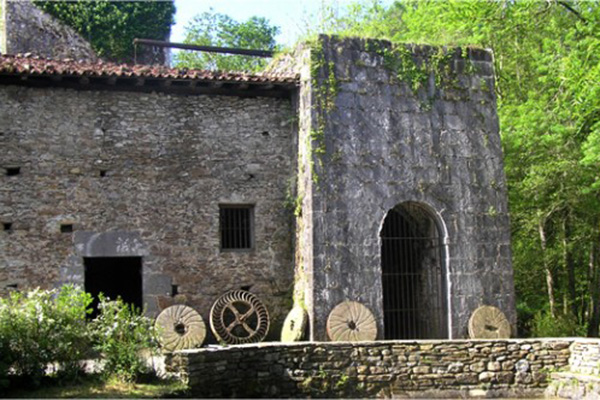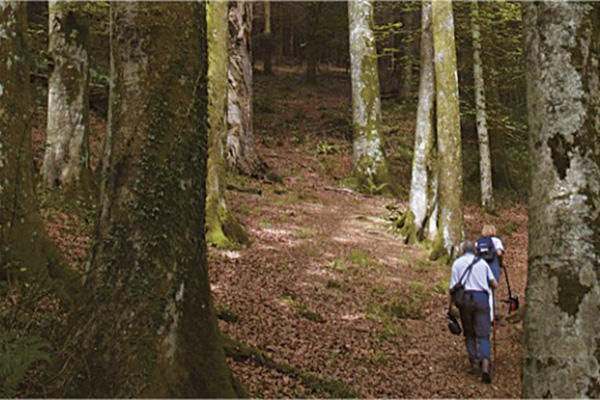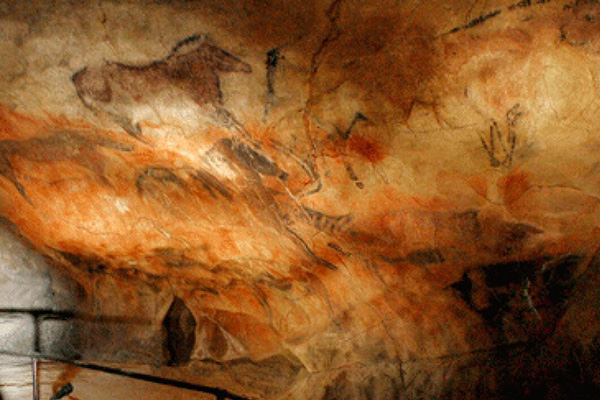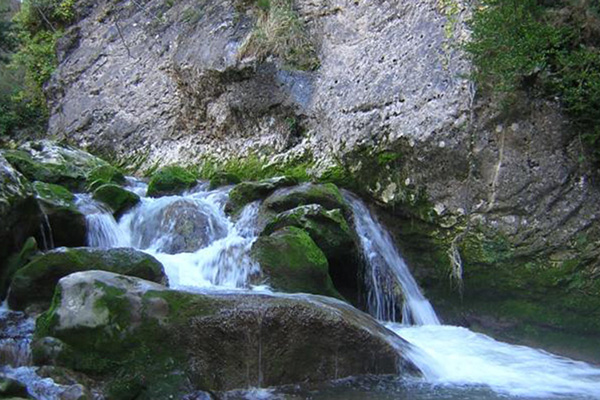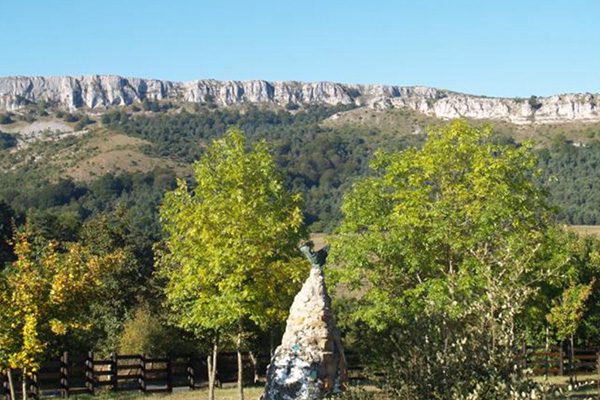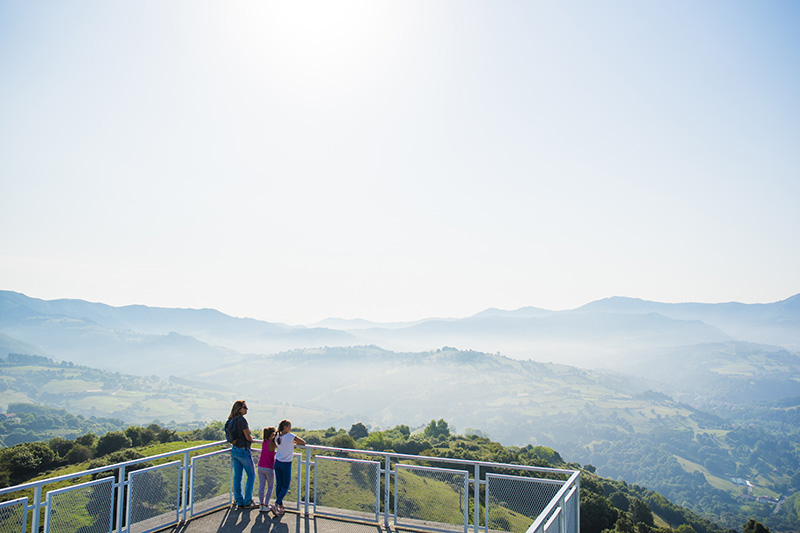
Getting off the beaten track has its rewards: peace and quiet. And also, of course, discovering the authenticity and beauty of each particular location. The Basque Country’s 5 least known nature parks are not exactly unknown locations, but they have been frequented less by the general public, even ordinary Basques.
Their names are Armañón (in the historical territory of Bizkaia), Izki and Valderejo (in Álava), and Aiako Harria and Pagoeta (in Gipuzkoa). All of them, with the exception of Pagoeta, lie within the confines of the Basque Country, from north to south, east and west. So, by visiting all of them, we secure an overall view of the Basque Country’s two predominant climates: the Atlantic climate and the Mediterranean climate, with their respective biodiversities.
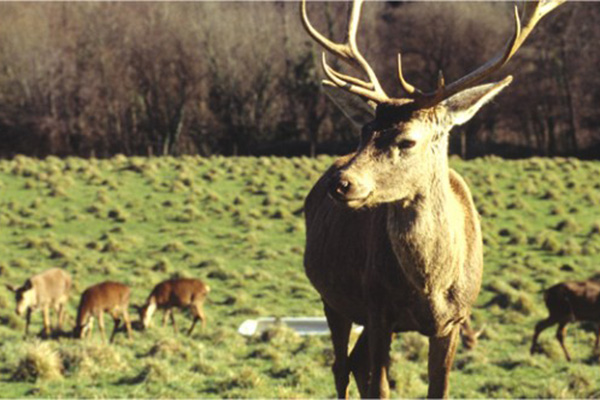
The objective of a nature park is to conserve and maintain the flora and fauna in a protected environment.
Conservation is compatible with the utilisation of resources and the activities of the inhabitants, often in relation to livestock, as we will see below.
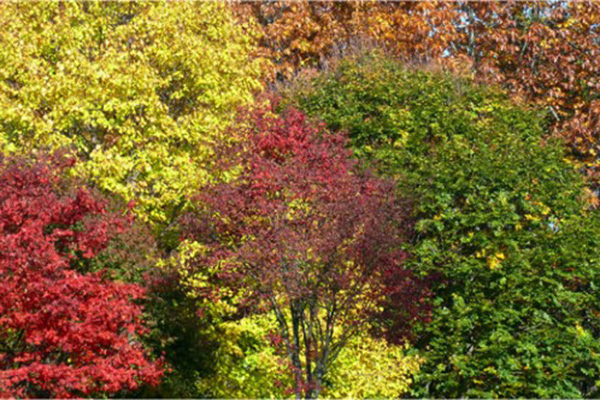
Armañón Nature Park: On the border with the autonomous community of Cantabria we find the spectacular Pozalagua cave and its curious eccentric stalactites. The protected area is a combination of mountain, meadows for livestock and autochthonous forests, such as the Jorrios and Sopeña holm oak groves, and oak groves such as Remendón.
A varied combination attracting a number of ornithological species, including the Egyptian vulture, now a protected species. There are also autochthonous species of animals such as the red-faced Carranzana sheep, the Monchina cow or the “villano de las Encartaciones” dog.
Pagoeta Nature Park: Its main features are the green meadows sloping down to the sea, and rock artwork in the Altxerri caves, declared a UNESCO World Heritage Site.
This nature park marks out a humanised landscape of meadows and farmsteads. The 15th century Agorregi forge, the Iturraran botanical garden, and the cooler chambers demonstrating how food was preserved in the past complete the visit.
Izki Nature Park: Located on the border with Navarra, this nature park is mostly forest, with the highest concentration of Quercus pyrenaica oaks in Europe. Particularly recommended are the River Izki’s spectacular waterfall flanked by mountains, and the eremitic caves of Laño and Santorkaria. This Capadocia of Treviño was inhabited between the 7th and 10th centuries, and subsequently used as a necropolis, as borne out by the tombs set into the rock.
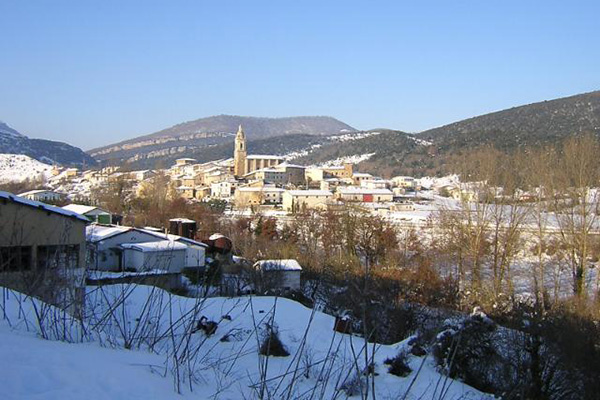
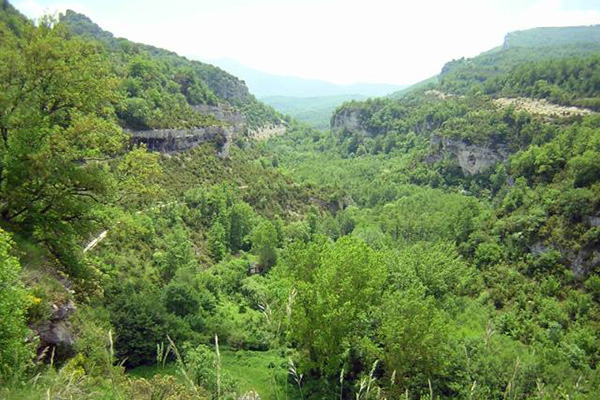
Aiako Harria Nature Park: This park has a splendid granite massif with a view of Txingudi bay, representing the sea/land border between France and Spain. This is, in fact, one of the western edges of the Pyrenees, and one of the Basque Country’s oldest rock formations.
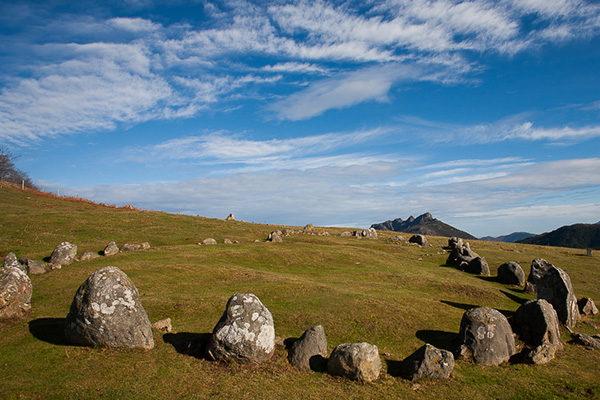
It came to the surface 250 million years ago, and sea creature fossils have been found at certain locations. It is also possible to penetrate the actual rocks by visiting the Arditurri mines. This is one of the few mining facilities in Spain that was operated for more than two thousand years, with practically no interruptions.
The Romans began by mining argentiferous lead glance to obtain silver. Iron, lead and fluorite were mined there down through the years, until the mine was finally closed in 1985. Human settlements in this nature park date back to prehistoric times, as borne out by the cromlechs, burial barrows and dolmens dotted around the landscape.
Valderejo Nature Park: According to the experts, if you’re a rambling enthusiast, this nature park in Álava next to the border with Burgos province is an absolute must. The scenic gem of this valley, flanked by steep rock walls, is the River Purón gorge. The towering crags are home to Euskadi’s largest colony of griffon vultures.
The Valpuesta Collegiate Church nearby is also worth seeing. It is a curious Gothic construction, formerly the episcopal seat, barely even standing nowadays. The local people are fighting to ensure that this church, held to be the cradle of the Spanish language, is given the consideration it deserves.
It was here that what are known as the Valpuesta Chartularies were written: the first texts written in Spanish and Basque, dating back to the 9th century. In other words, before the chartularies at the San Millán de la Cogolla monastery in La Rioja, held to be the very first.
***



